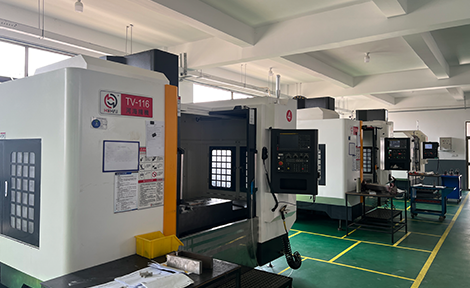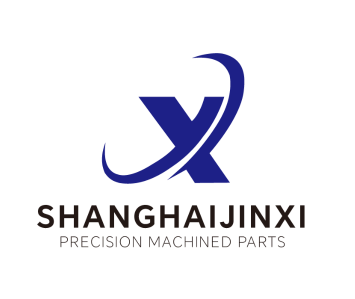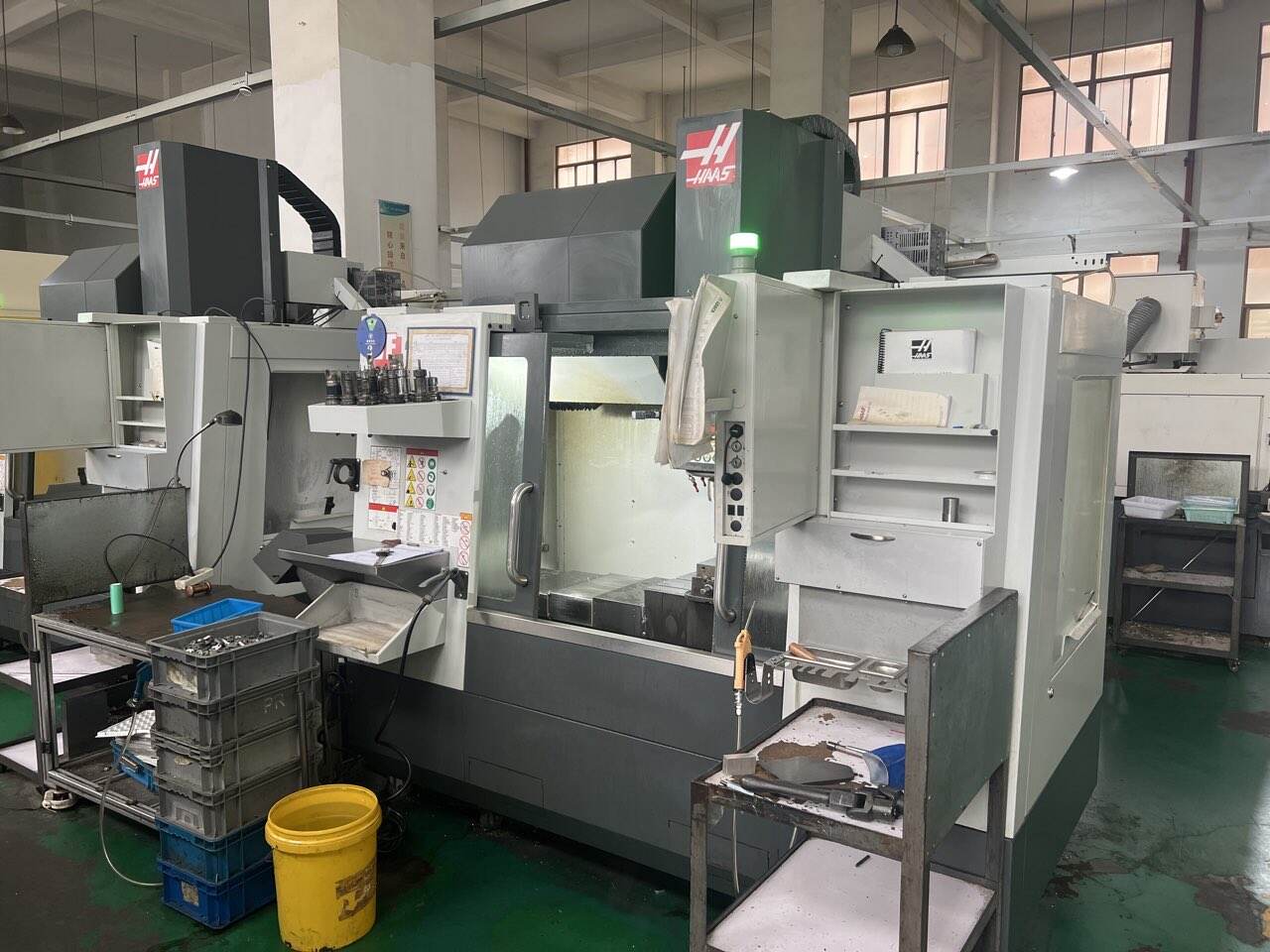Fundamentals of Custom CNC Machining
Custom CNC (Computer Numerical Control) Machining is a process that allows for the mechanical production of components from digital 3D drawings, less material or "subtractive" manufacturing through computer technology. This operation takes advantage of programmed toolpaths to maintain micron-level accuracy, consistently holding these tolerances under ±0.001 inches — a level of precision that is impossible for manual machining methods as well. For applications where precision is key, such as in aerospace and medical device manufacturing, CNC machines help to create geometrically challenging parts of the same quality every time.
The process is compatible with more than 50 types of engineering-grade materials, including titanium alloys, PEEK polymers and carbon-fiber composites. This flexibility makes it possible to manufacture prototypes and end-use parts tailored to desired thermal, mechanical, or corrosion-resistant performance. With multi-axis CNC machines, the cycle times are also reduced by completing complex features in single setups, eliminating production lead times and maintaining dimensional control for all runs.
Custom CNC Machining Process Workflow
CAD Design and Programming Phase
Engineers learn the process one-to-one: from detailed 3D modeling with CAD (Computer-Aided Design) software. The designs are then translated into machine-readable commands from CAM (Computer-Aided Manufacturing) systems that compute the best cutting paths while taking into account the characteristics of the material and the constraints of the process. Efficient cutting strategy Advanced CAM system can automatically recognize the parts and create cutting path directly, avoid wasting of materials up to 30% or more.
Machine Setup and Automated Execution
Operators mount raw materials and install cutting tools according to CAM specifications. Advanced probe systems automatically verify tool lengths and diameters, achieving setup tolerances within ±0.0002". CNC machines then execute programmed operations with closed-loop feedback, adjusting parameters in real-time to maintain ±0.0004" positional accuracy during high-speed milling or turning.
Multi-Axis Precision Manufacturing Stages
Modern 5-axis CNC systems perform simultaneous contouring across linear and rotary axes, enabling single-setup machining of complex geometries like turbine blades or medical implants. This multi-axis capability reduces cumulative errors by 58% compared to traditional 3-axis processes (Precision Engineering Journal 2023), particularly for parts with undercuts or compound curves.
Quality Assurance and Finishing
Coordinate measuring machines (CMMs) validate critical dimensions against CAD models, while surface roughness testers measure finishes down to 4 µin RA. Final deburring and anodizing processes meet industry-specific standards like AS9100 for aerospace components or ISO 13485 for medical devices, ensuring functional and cosmetic requirements are fully satisfied.
Precision Advantages of Custom CNC Machining
Micro-Accuracy for Complex Geometries
Advanced modern custom CNC machining is able to achieve precision at micro second level using sophisticated toolpath algorithms and machine structures that are very stiff. Systems consistently maintain tolerances within ±0.001 inch, allowing for the creation of complex parts such as turbine blades and surgical devices. This mechanical performance also is repeatable from batch to batch in production — a key consideration for aerospace manufacturers needing to rely on 100% dimension control on flight-critical components.

Material Flexibility for Functional Prototypes
It can handle more than 50 engineering-grade materials ranging from titanium alloys to PEEK thermoplastics for real functional testing. Impacted polyetheretherketone property profiles of CNC-machined prototypes compare to production-grade parts rather than additive manufacturing approaches which are limited by material. This flexibility enables engineers to perform design validation in true-to-life environments such as those involving chemical resistant enclosures or load-bearing automotive components.
High-Speed CNC Efficiency Gains
Multi-axis solutions perform both roughing and finishing operations, decreasing cycle time of complex parts by 40-60% when compared to traditional models. Automated tool change and lights-out manufacturing allow for 24/7 production and up to 300% machine utilization gains over high-volume markets including automotive tooling. These productivity leaps have direct application in allowing precision component manufacturers to achieve time-to-market savings of 15-20% without compromising quality levels.
Customization Capabilities in CNC Solutions
Modern manufacturing thrives on custom CNC machining to bridge the gap between design complexity and functional requirements. This technology enables cost-effective production of bespoke components across aerospace, medical, and automotive sectors, with a 2023 McKinsey report showing 62% of manufacturers now prioritize adaptable CNC frameworks over traditional mass-production tooling.
On-Demand Manufacturing Frameworks
CNC systems eliminate minimum order constraints, allowing production runs as small as 1-50 units without retooling costs. This shift reduces warehousing needs by 30% while supporting just-in-time manufacturing models. Manufacturers can:
- Switch between aluminum, titanium, or engineering-grade plastics in hours
- Maintain ±0.005 mm precision across variable batch sizes
- Implement design changes through software updates rather than physical mold alterations
Agile Adaptations Through Rapid Prototyping
The integration of 5-axis CNC machines with cloud-based CAD platforms slashes prototype development cycles from weeks to 48-72 hours. Engineers validate complex geometries through 3-5 iterative prototypes on average, reducing validation periods by 40% compared to conventional methods. This approach proves critical for:
- Testing ergonomic factors in medical device handles
- Simulating airflow dynamics in automotive intake systems
- Refining load-bearing capacities in drone components
Leading manufacturers report 25% faster time-to-market when combining rapid CNC prototyping with AI-driven simulation tools, creating a feedback loop where physical testing informs digital optimization.
Industry 4.0 Integration in CNC Machining
Industry 4.0 is transforming CNC machining with the integration of connected systems that incorporate AI, automation, and data analytics. This unification provides manufacturers with unparalleled insights into their operations and a level of agility to produce and manage quality that was previously only used to address other types of production challenges. According to recent industry analysis, smart factories using these innovations can achieve time savings in the range of 23% for precision parts.
AI-Driven Workflow Optimization
Machine learning-based toolpath and cutting parameter optimization by means of historical production data for CNC systems is common place. These AI improvements translate into the average reduction in cycle times of 18%, as well as micron-level accuracy in complex geometries. They are also self-adjusting, enabling them to compensate themselves for tool wear and material inconsistencies, resulting in a typically 99.8% first time yield rates for automotive component production. IoT-enabled manufacturing as reported by the EU Comission will see productivity rise by 25 percent in the next ten years through predictive maintenance and automatically self-optimizing assets.
Automation Synergy in Smart Factories
They’re capable of a 72% longer unattended run time without human intervention as well as automatic operation when fed by robotic material handling systems or AGVs. Sensors on the IOT-over-connected machines automatically regulates the delivery of coolant and speed of spindle to save energy 34% with regard to aerospace manufacturing use case. This interconnected environment allows real-time quality control 40 seconds faster than conventional tools, since defective part conditions are instantly identified.
The Cost-Effectiveness Paradox in Advanced CNC Systems
Though the upfront sensor and connectivity infrastructure investment for Industry 4.0 integration has been high, the 58% lower per-unit cost attributable to lights-out manufacturing at scale is realized. The length of time that the average smart CNC has paid for itself has reduced from 5.2 years in 2022 to 3.7 years, thanks to less scrap and improved 24/7 production capabilities. Via this economic approach, SMEs are empowered to compete with tier 1 enterprises around lean and on-demand manufacturing.
Frequently Asked Questions (FAQ) About Custom CNC Machining
What is custom CNC machining?
Custom CNC machining is a process utilizing computer technology to manufacture components from digital 3D drawings, emphasizing precision and flexibility in material choice.
What materials can be used in CNC machining?
CNC machining can work with over 50 engineering-grade materials such as titanium alloys, PEEK polymers, and carbon-fiber composites.
How does CNC machining ensure high precision?
CNC machining ensures precision through programmed toolpaths, closed-loop feedback systems, and advanced probe systems that maintain micron-level accuracy.
What are the advantages of multi-axis CNC machining?
Multi-axis CNC machining reduces errors by allowing complex geometries to be machined in single setups, improving efficiency and precision.
How does Industry 4.0 impact CNC machining?
Industry 4.0 introduces AI and data analytics into CNC machining, enabling better workflow optimization, increased productivity, and reduced cycle times.

